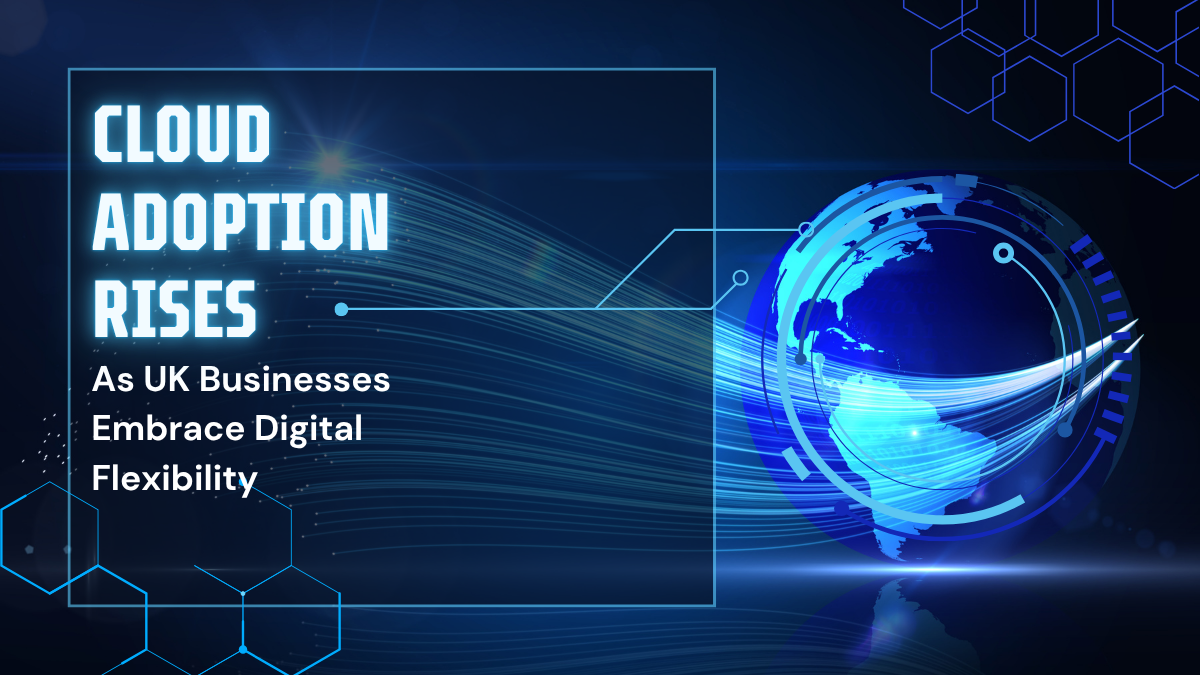When a business decides to build new digital tools, one of the most important steps is defining a clear and detailed contract for software development. This agreement outlines every aspect of the relationship between the client and the software development company — from who owns the code to how the project will be managed and paid for. Whether you’re commissioning custom software development or upgrading existing systems, the contract ensures both sides understand their roles and responsibilities from day one.
A software development contract isn’t just a formality; it’s a legally binding framework that protects both the developer and the client. It helps establish realistic expectations, reduces the risk of disputes, and ensures that intellectual property rights, timelines, and deliverables are all clearly defined. Without such an agreement, even straightforward software projects can quickly become costly or contentious.
Why a Software Development Agreement Matters
A well-drafted software development agreement sets the foundation for a successful software development project. It defines what will be delivered, when it will be completed, and how each party will contribute to the process. For a software development company, it offers clarity and legal protection. For a client, it guarantees transparency, accountability, and control over the developed software.
The agreement should also protect confidential information and sensitive information exchanged during the project. This ensures that business data, design documents, and other materials remain secure. By including provisions for data protection and intellectual property, the contract becomes a safeguard for both the developer and the client.
In some cases, organisations prefer to work with dedicated software development teams that integrate directly into their workflow. Regardless of the setup, the same principles apply: a solid agreement is essential to ensure compliance, manage risk, and maintain communication between both parties.
Key Areas Every Software Development Contract Should Cover
A well-structured software development contract covers a series of key components that define how the project will operate. Below are the essential sections that should appear in any agreement.
1. The Parties Involved
This opening section identifies all parties involved — including the client, the software development company, and any subcontractors or key individuals. The full legal names, addresses, and contact details of each party should be stated. Establishing who is legally bound by the contract ensures it is enforceable and legally sound.
2. The Project’s Scope
The project’s scope is the heart of any agreement. It defines what will be developed, the purpose of the software solution, and the project requirements. It should include functional specifications, user roles, interfaces, integrations with existing software, and any third-party systems.
A clear scope prevents scope creep and clarifies what qualifies as out of scope work. It also helps project managers and the development team coordinate timelines and manage expectations.
3. The Development Process
Your contract should describe how the development process will be managed. Specify whether you’ll follow a waterfall agreement, agile model, or hybrid method. Detail the distinct stages of the project — planning, prototyping, testing, and deployment — and assign responsibilities to both the developer and the client.
Include reporting frequency, progress meetings, and sign-off procedures. A transparent process ensures that the software operates efficiently and that the client remains informed throughout.
4. Deliverables, Timelines, and Acceptance Tests
Deliverables must be clearly defined, with associated deadlines. Each stage should include acceptance tests to confirm that the software’s performance meets expectations. Acceptance tests act as milestones for both sides, ensuring the developed software functions as agreed before payment is released.
Detailed deliverables timelines give structure and predictability, ensuring that the development team and project managers stay aligned on progress.
5. Payment Terms, Payment Schedule, and Charging Structure
Payment terms are vital to maintaining trust and accountability. The contract should define the charging structure — whether fixed cost, time and materials, or a hybrid model. Fixed cost agreements work best when the project’s scope is tightly defined, while flexible charging structures are better for evolving projects.
Set out a payment schedule that links payments to progress milestones. For example: an initial draft deposit, mid-project payments, and a final payment after acceptance tests. Clear payment schedules make budgeting easier and reduce risk for both sides.
6. Intellectual Property, Ownership, and Licensing Terms
Ownership and intellectual property rights are often the most sensitive parts of a software development agreement. This section must specify who owns the intellectual property created during the project and who holds rights to pre-existing tools or code libraries.
If the software company uses existing software modules, list them and outline licensing terms. The client should receive usage rights for the developed software but not ownership of the developer’s proprietary frameworks. This protects both parties and keeps the agreement fair.
7. Confidential Information and Data Protection
Both parties will share confidential information and possibly sensitive information throughout the project. The agreement should define what constitutes confidential information, how it will be protected, and for how long. It should also include clauses ensuring compliance with GDPR and other relevant data protection laws.
A good contract protects sensitive information shared during the project, requiring both sides to safeguard it even after the contract ends.
8. Development Team and Project Management
This section introduces key individuals on the development team and outlines who the main project managers are. It clarifies communication channels, escalation procedures, and the process for reporting progress.
Effective project management ensures alignment, tracks milestones, and enables the client to monitor development. Defining roles early prevents confusion later in the project.
9. Support Services and Ongoing Support
After deployment, most clients need continued assistance. The agreement should outline support services such as maintenance, bug fixes, software updates, and general technical help.
Setting expectations for response times, support levels, and any additional fees ensures there are no surprises once the software goes live. Ongoing support clauses maintain accountability for software performance and reliability.
10. Out of Scope Work and Change Requests
Software projects frequently evolve. To manage change, the contract should specify how out of scope work will be approved and billed. The process for submitting, reviewing, and signing off new requirements must be documented.
This section prevents disputes and helps maintain a structured workflow when additional development is requested.
11. Termination Clauses and Early Termination
Termination clauses outline the circumstances in which either party can end the contract. These may include a notice period, early termination fees, or breach of contract.
Defining the procedure for early termination protects both the developer and the client, ensuring that any completed deliverables and intellectual property ownership are properly transferred.
12. Dispute Resolution and Legal Compliance
Even with clear communication, disagreements can happen. A good software development agreement includes dispute resolution mechanisms — typically mediation or arbitration — before any legal action.
It should also confirm that both parties will ensure compliance with relevant legal obligations, including employment, tax, and data protection laws. Working with experienced legal teams or a contract lawyer during drafting helps avoid future complications.
13. Standard Clauses and Legal Provisions
A strong contract includes standard clauses such as force majeure, limitation of liability, and indemnification. It should also define what happens if parts of the agreement are found unenforceable, and whether subcontracting is permitted.
These standard clauses add resilience to the contract and ensure that it remains enforceable even under changing circumstances.
Using a Software Development Agreement Template
For many companies, a software development agreement template offers a cost-effective starting point. Templates streamline the initial draft and ensure standard clauses are included. However, every project has unique risks and requirements, so templates should always be tailored to reflect the project’s scope, intellectual property terms, and payment structures.
When working across borders or with third-party vendors, reviewing the contract with legal teams ensures that your document remains compliant with local regulations. This is particularly important when outsourcing software development, as intellectual property laws and dispute resolution procedures can differ significantly between jurisdictions.
Ensuring a Legally Sound Agreement
A carefully drafted software development contract protects both parties, ensures clear expectations, and builds trust throughout the project. It also provides a solid basis for monitoring deliverables, managing budgets, and protecting data.
Consulting expert guidance from a contract lawyer ensures the contract is complete, accurate, and legally binding. A clear agreement gives peace of mind and helps deliver a high-quality outcome that meets the client’s objectives and the software developer’s professional standards.
Final Thoughts
A software development agreement acts as a roadmap for collaboration. It outlines key areas such as project scope, payment schedules, intellectual property ownership, and data protection. With the right balance of legal protection and flexibility, both the client and the developer can focus on achieving business goals and delivering an excellent software solution.
No matter whether you’re commissioning bespoke software, upgrading existing software, or scaling through dedicated teams, a clear, legally binding agreement is the foundation for success.
Software Development Agreement FAQs
1. What is a software development agreement?
A software development agreement is a legal contract between a client and a software development company. It defines the project’s objectives, payment terms, intellectual property rights, and responsibilities of both parties throughout the development process.
2. Why is a software development contract important?
It ensures that all expectations are documented and agreed upon. Without one, disputes over payment, deadlines, or intellectual property ownership can arise. A contract protects both the developer and the client by setting clear rules for collaboration.
3. Who owns the software developed under the agreement?
Ownership depends on what’s stated in the software development agreement. Typically, the client owns the developed software once all payments are made, while the developer retains rights to their pre-existing tools or frameworks. The agreement should clearly define these boundaries.
4. What happens if the project scope changes mid-development?
Change requests or out of scope work should be handled through a formal process. This ensures costs, timelines, and deliverables are reviewed and approved by both parties before implementation.
5. What should be included in termination clauses?
Termination clauses should outline how and when either party can end the software development agreement, what notice period applies, and how intellectual property and payment obligations are settled upon termination.
6. How can I ensure the contract complies with the law?
Always seek legal advice before signing. A contract lawyer can review the document to ensure compliance with applicable regulations, covering areas such as data protection, confidentiality, and dispute resolution.
















